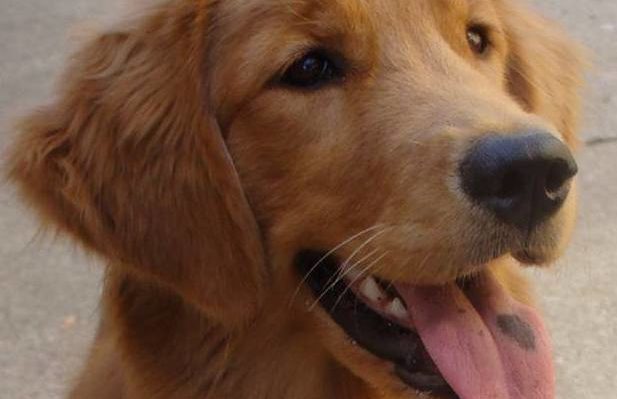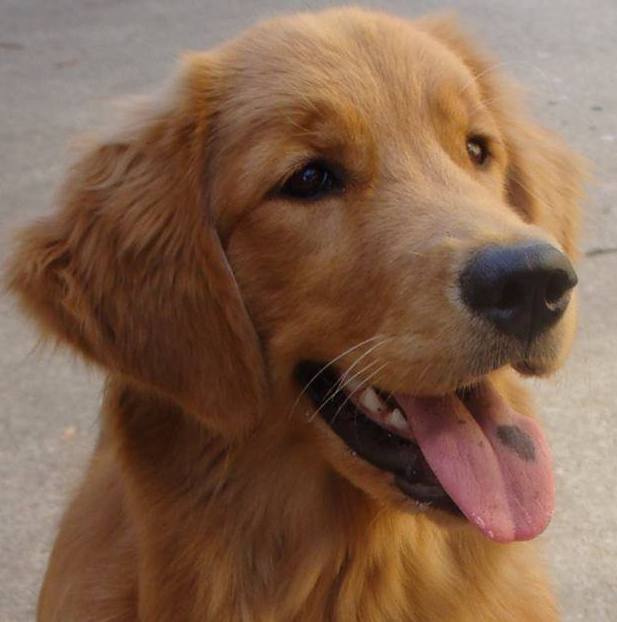
What regular grooming tasks are most often neglected by novice dog owners? I asked dog professionals and they answered: first, nail trimming; second, teeth and gums; third, brushing and combing. I was not surprised that dog professionals also agreed that the dogs that need the most brushing and combing are very often dogs described as “non-shedding.”
That terminology is confusing. The truth is, all dogs shed. “Non-shedding” dogs have fur that detaches from the skin but doesn’t fall off the dog. The loose fur stays on the dog because it is attached to fur that has not yet come loose. This arrangement works out well for dog owners who do not appreciate having to deal with fur on their clothing, furniture, and floors.
It does not work out as well for the dog.
I bet you have seen a very popular photo currently in circulation on the internet of a dog sitting on a grooming table with a pelt of matted fur, half shaved off, half still attached to the dog. The photo is of a doodle—a dog that’s a combination of poodle and another breed or breeds; the dog in the photo looks to me like a labradoodle, a combination of Labrador retriever and poodle.
https://imgur.com/gallery/8hhwXg2
With the photo comes an impassioned plea from a groomer (as far as I know, the author has not been named) about the daily grooming that a doodle dog needs:
The perfect photo to show how matting happens at the base (or at the skin). So many doodle owners are saddened to hear the only thing I can do with their pup’s coat is a shave, because they thought brushing the top coat was enough.
By looking at this dog, you may not see the knots—and you may not feel them as you would a knot on the ends of the fur—but once it starts, it’s very difficult/impossible to brush/comb out . . . not to mention it would be cruel to put the dog through. A quick once-over will not work for these guys if you want them in a fuzzy coat. You really need to sit down with a metal comb and make sure you can get it through the entire body a couple of times a week.
Oftentimes I feel like owners don’t believe groomers when they say the dogs has to be clipped. I always hear “I know he/she is matted, but leave as much as you can . . . ” This photo shows the only way to get UNDER the matting is [to have] nothing left.
I promise you, I’d rather not clip your baby naked, either! I also don’t want to hurt my reputation when clients go around complaining about how the last groomer “scalped” their dog . . . but doodles are easily one of the highest-maintenance dogs in reference to their coats. The combination of the soft coat of a golden, or Aussie, or Newf, or Wheaten, or whatever they are mixing poodles with these days, is a coat that is SO prone to matting. And even more so are the new “double doodles” that I like to call “double maintenance.”
I find some doodles, even [those combed] on a regular schedule, still need to be clipped once or twice a year—maybe not shaved, but maybe teddy bear length for a fresh start—because after all of the brushing and de-matting, the damaged coat seems to become even MORE likely to mat.
If you like a fluffy pup, you probably need to consider no more than three- to five-week intervals between [professional] grooming—and set aside time for regular COMBING at home.
Please know, if you bathe your doodle, you really need to blow dry and brush out right after. Moisture, be it a bath, rain, swimming, snow, etc., is going to amplify matting. And if you know your dog is already matted, bathing is only going to make it worse! Brush out BEFORE the bath.
AND!!!!! “breeders” who say the dog can’t/shouldn’t be clipped or not to give them a haircut until they are one year [old] are out of their minds and setting you up for a SAD SAD SAD day when you finally take your pup to the groomer.

Photo by Margaret Tyler
Learn how to brush and comb your dog!
Do you have a dog that doesn’t shed?
Doodles vary, fur-wise, depending on the breed or breeds with which a poodle was combined; this is true for any combination of breeds. Don’t know what breeds your dog is? You can have your dog’s DNA tested for that information—those results are always interesting.
Make an appointment with a force-free groomer recommended by your friends, your dog class instructor, or your veterinarian. Or ask the owners of dogs like yours with haircuts you think look good where they go for professional grooming.
What about dogs that do shed?
Do your research. Find out what equipment is usually used on your breed of dog or your dog’s kind of fur. Even within only one breed, every dog has individual needs. Your golden retriever may mat easily behind his ears; your neighbor’s golden retriever may mat under his tail. (My golden retrievers have always matted in both locations!) Dogs with long, full coats of fur might seem likely to give you much more work, but short-coated dogs need brushing and combing, too, with different equipment. Dogs with more fur can definitely be more work to bathe!
The most important information to remember is that brushing and combing should be done daily, for the health and comfort of the dog.
▪ Put all the equipment together so it’s easy to access, and keep it somewhere you normally sit down (or stand up) to groom your dog.
▪ Teach your dog that daily grooming is a highlight of his day, one-on-one time with you, his owner. Use praise, treats, and yes, our old standby, peanut butter (without xylitol!) to make this time rewarding.
▪ Use patience and knowledge to make this daily grooming non-threatening and non-punitive, force and pain free.
How long should you take to do daily grooming on your dog—the nail-trimming, teeth-cleaning, brushing and combing?
Take five minutes, if that’s the time you have. Take ten minutes, if it’s an easier day.
Take longer on a day you have longer, but don’t do that every day unless both you and your dog really, really enjoy the grooming experience. (Be honest, because your dog certainly will be!) Pay attention to your dog’s attitude and quit before the dog is done. You want the dog eager to come back for more tomorrow.



